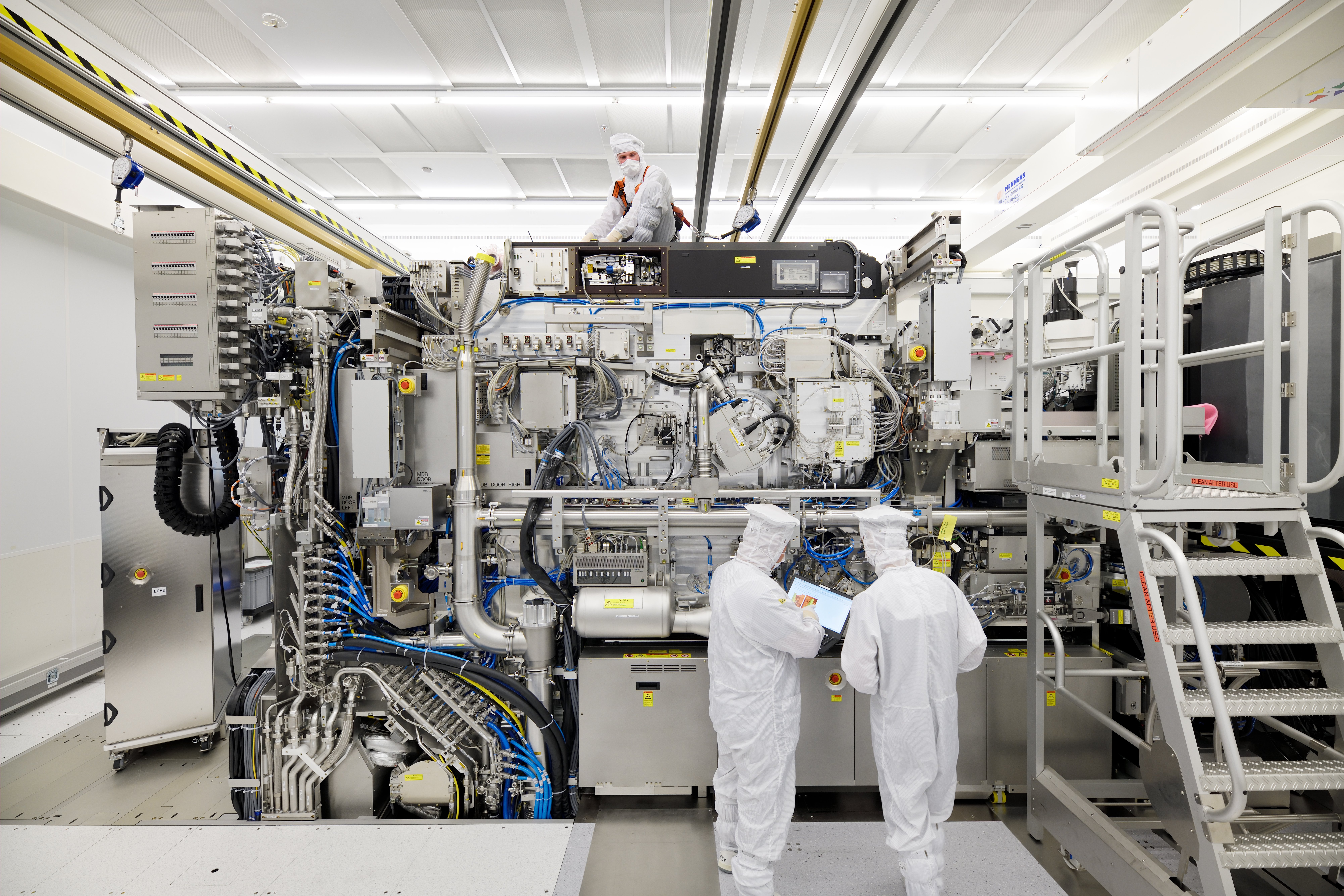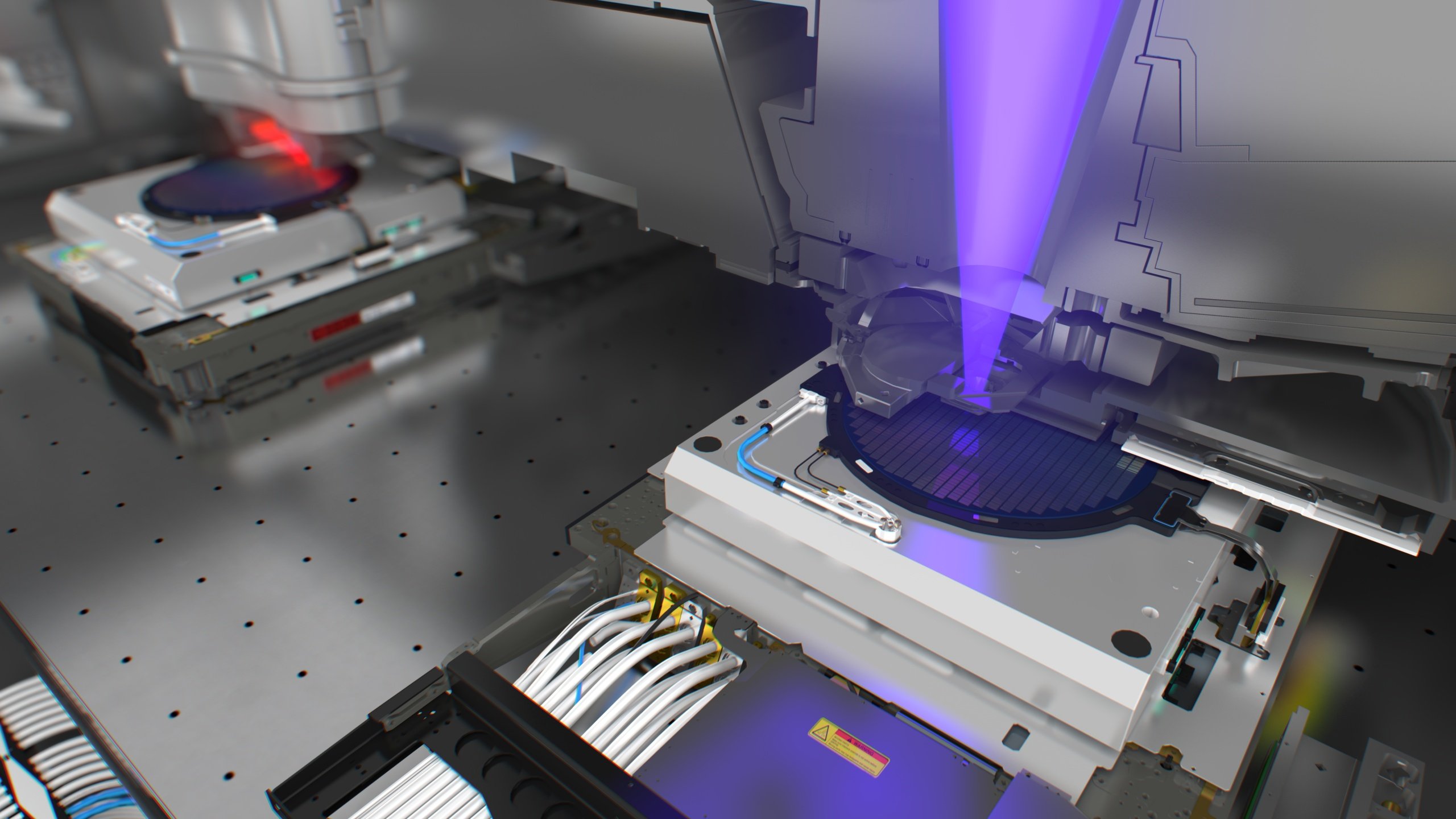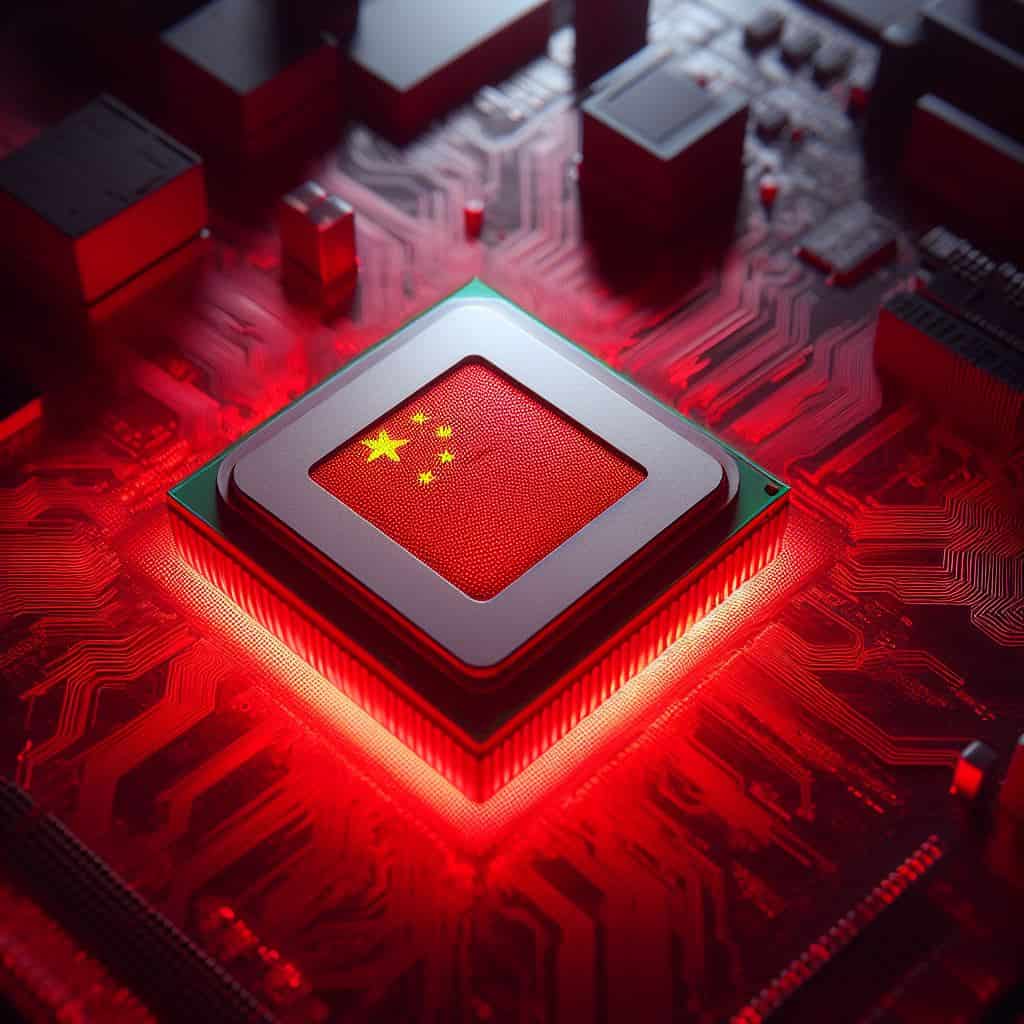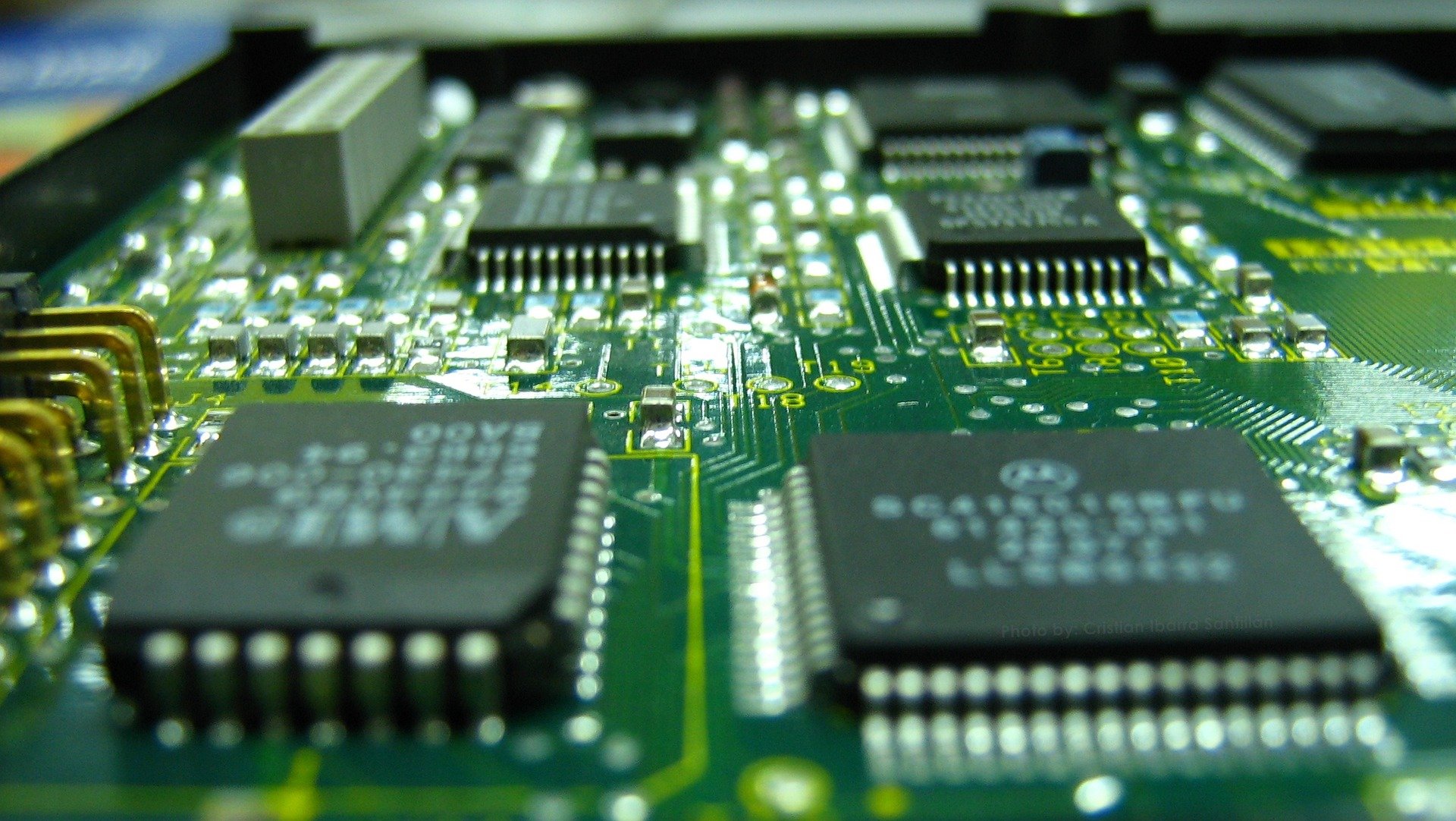
Not only a stunning new smartphone with a primary 7nm processor and auxiliary chips made in China, but also 5.5G technologies to bridge the gap to a 6G infrastructure and prepare a new dominance: Huawei has recently shown strong signs of resilience against the Western backlash.
Huawei’s newly launched 5G smartphone, the Mate 60 Pro, features a primary 7nm processor and auxiliary chips made in China. This development signals a narrowing gap between the nations in the semiconductor sector despite the US’s attempts to stifle China’s progress through export controls and disruption of global supply chains. The Mate 60 Pro’s advanced home-grown chip has drawn considerable attention, prompting a surge in Chinese semiconductor stocks.

Meanwhile, US sanctions investigations are underway, and calls for stricter actions against Chinese tech companies are growing louder. Amidst these geopolitical and economic tensions, China continues its pursuit of technological self-sufficiency, posing an increasingly formidable challenge to the US in the semiconductor industry.
The Mate 60 Pro: An emblem of defiance and resilience
Last month, Huawei unveiled the Mate 60 Pro, a smartphone with a 5G Kirin 9000S processor, designed by Huawei’s chip division, HiSilicon, and manufactured by China’s largest chip vendor, SMIC. This breakthrough surprised Western media, who had anticipated a decline in China’s chip capabilities due to US export control measures. Instead, Huawei’s launch demonstrated a spirit of defiance and resilience, leveraging outdated technology and machinery to produce a competitive chipset.
However, doubts remain about Huawei’s ability to mass-produce chips without Western tools. The advanced chip shortage might pose a significant challenge, and the company’s use of lagging-edge technology could limit its ability to catch up with leading-edge chips from competitors such as TSMC and Qualcomm. Huawei is committed to re-establishing its presence in the 5G smartphone industry, with a target of forty million units for mobile shipments in 2023. Yet, the road ahead is fraught with uncertainty. The high cost and low yield rate of the 5G chips pose significant obstacles. Moreover, Huawei’s reliance on Google’s Android operating system and developer services limits the appeal of its handsets outside of China.

Shaking the geopolitical stage
The launch of the Mate 60 Pro has had far-reaching implications on the geopolitical stage. Huawei’s use of a domestically produced chip is considered a victory in the face of US sanctions and a symbol of China’s growing self-reliance. This development has undermined confidence in Western sanctions and spurred calls for the US to expand its sanctions and export control measures.
Such expansion could complicate the ongoing tech war and challenge US allies in the semiconductor value chain, such as South Korea, Taiwan, Germany, and the Netherlands, collaborating with the US. The Biden administration has already commenced a probe into possible violations of sanctions, indicating heightened scrutiny and tension in the US-China tech competition.

The road to self-sufficiency
China’s ambitions do not stop at the Mate 60 Pro. The nation is working diligently to develop its own Extreme Ultraviolet (EUV) machines to compete with Dutch tech giant ASML. Currently, ASML holds a monopoly over EUV machines, which is essential for manufacturing powerful chips. However, due to restrictions imposed by the Dutch government under US pressure, ASML can only sell less powerful DUV machines to China. Despite these limitations, Chinese firms have produced significant power chips with DUVs, triggering calls for further export controls on ASML technology.
While China’s goal of achieving seventy percent chip self-sufficiency by 2025 is significantly delayed, the nation’s determination remains undeterred. Chinese tech firm DongFang JingYuan Electron was even accused of intellectual property theft by ASML in 2021, though this did not lead to significant developments in the Chinese tech industry. China’s persistent investments in advanced packaging techniques aim to achieve high levels of chip efficiency without relying on EUV machines.

Disrupting global trends
Huawei’s chip breakthrough has disrupted the US-China tech competition and posed a significant challenge to global trends in the semiconductor industry. Amidst a global chip shortage, Huawei has showcased its resilience by launching 5.5G technologies at the Global Mobile Broadband (MBB) Forum in Dubai. The company’s 5.5G network is expected to offer ten times faster speeds, more security, and intelligence, although the difference between 5G and 5.5G remains vague.
The forum highlighted the role of 5G in areas like autonomous vehicles and passive IoT, where Huawei is eager to establish dominance. Despite European resistance, Huawei has succeeded in the Middle-Eastern market, boasting over two hundred regional government-related customers. Huawei’s recent advancements could disrupt the race to build technological infrastructure, especially in the context of 5G and the upcoming 6G.

The impact of sanctions
To understand what this all could mean, it’s also helpful to consider what Agathe Demarais wrote in 2022 about the impact and effect of sanctions in her book ‘How Sanctions Reshape the World Against U.S. Interests‘. In short, if the results are not booked swiftly, they might backfire. Demarais documents the increasing reliance on economic and financial sanctions by the United States. She uses historical evidence to claim that sanctions are effective only if they have limited purposes, deliver results quickly, target an economically vulnerable country, and are well coordinated internationally.
Even with a Chinese economy that clearly had better days, we can conclude that these conditions are not in place. Our takeaway: don’t underestimate the Chinese resilience. Let’s start looking for alternatives to sanctions.








